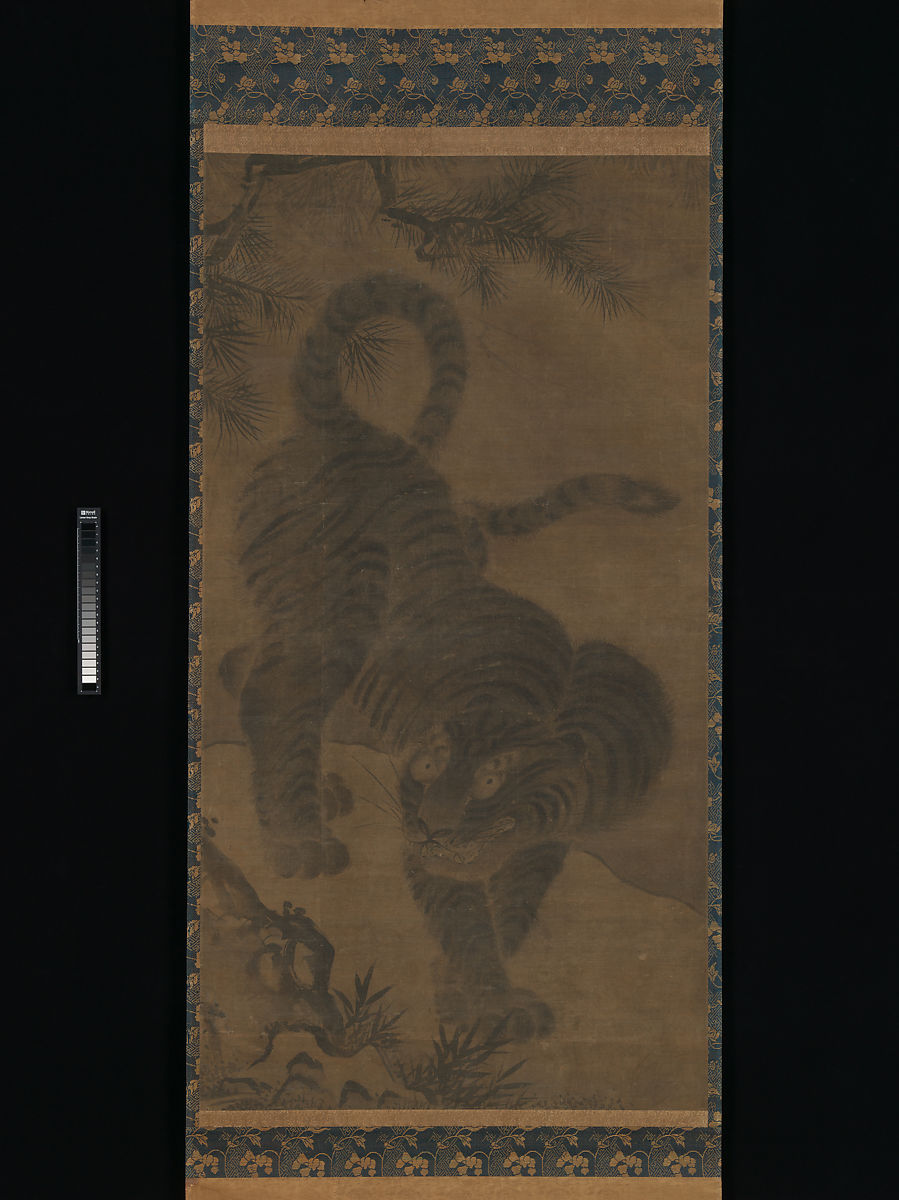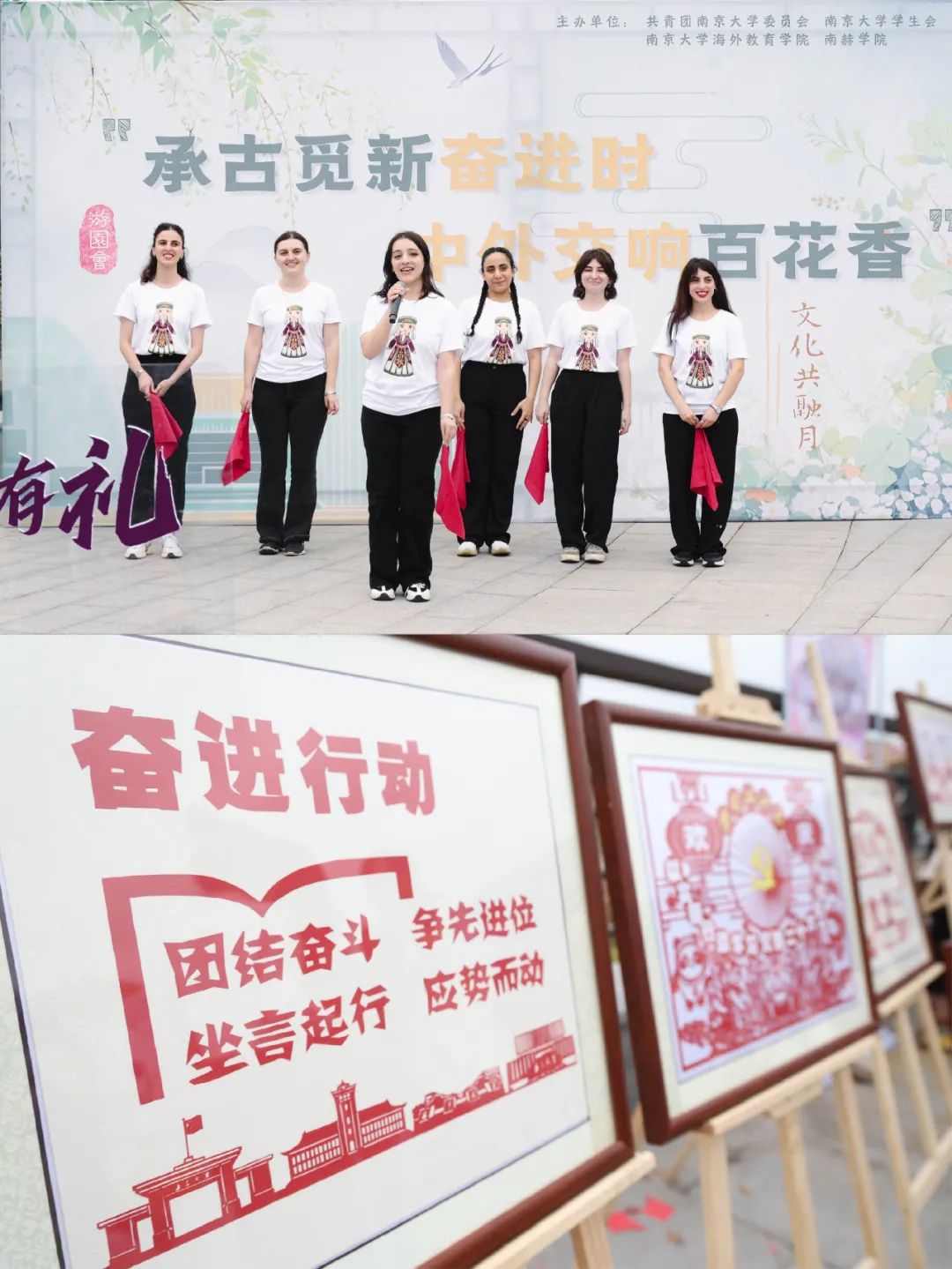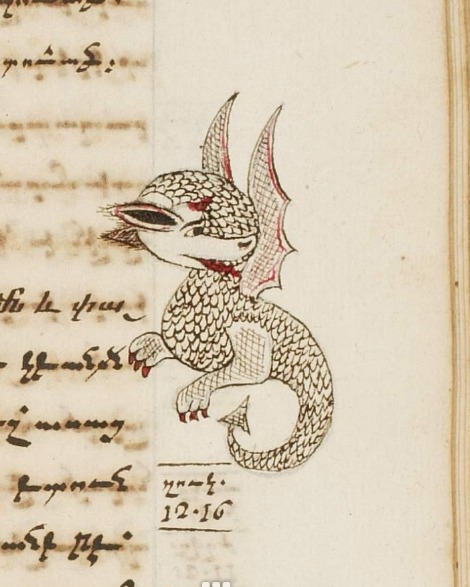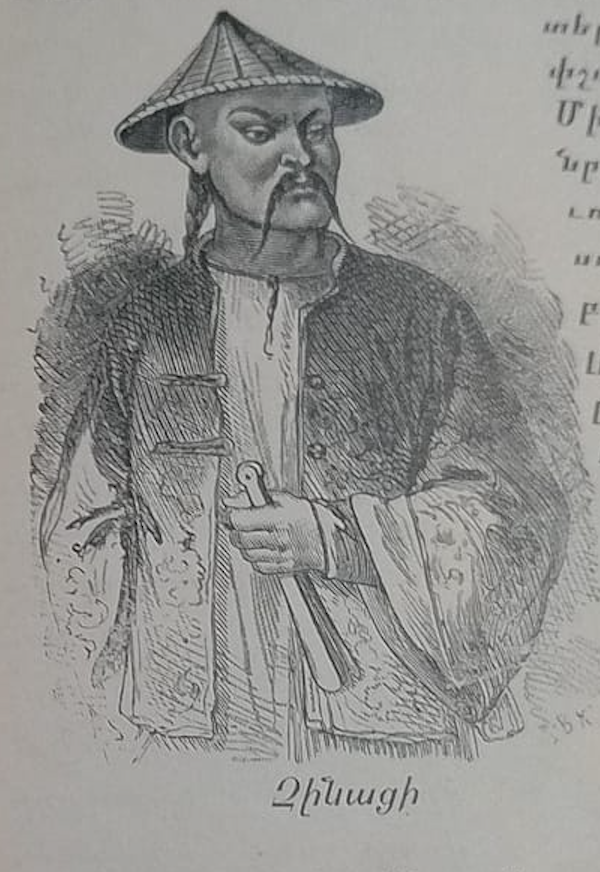
East Asian Cultural Exchange in Tiger and Dragon Paintings
Walking tigers and dragons depicted with water were popular visual compositions across East Asia, and for this reason, the specific origins of the Met’s paintings remain an enigma. The visual pairing of tigers and dragons has a long history in East Asia, appearing in the first hexagram, 乾 (qian), from The Book of Changes, thought to have been written during the Zhou dynasty (1046–256 B.C.). Here, the clouds trail behind the dragon while the wind follows the tiger. According to the book, the two creatures are commonly associated with Daoism: the tiger represents “yin” and the dragon denotes “yang.”
Since this time, tigers and dragons have been interlinked with specific iconographic motifs and connotative meanings. During the Han dynasty (206 B.C.–220 A.D.), they became part of the Four Divine Animals that represent the cardinal directions along with philosophical doctrines such as the Five Elements and Daoism. Tigers were associated with “west” and the color white, dragons with “east” and the color blue. The pairing of a tiger and a dragon was also considered well balanced because they represent counterparts—tigers are from the real world and dragons from the imaginary. The two creatures have been closely related to Buddhism as well. A tiger was depicted in jataka tales with Buddhist figures such as Bukan, Kanzan, and Jittoku; the dragon translated from the Indian deity Naga, god of snakes, or the king cobra, when Buddhists scripts were brought to China from India. The strong religious associations of tiger and dragon motifs contributed to their popularity in the fine and decorative arts throughout China, Japan, and Korea.









